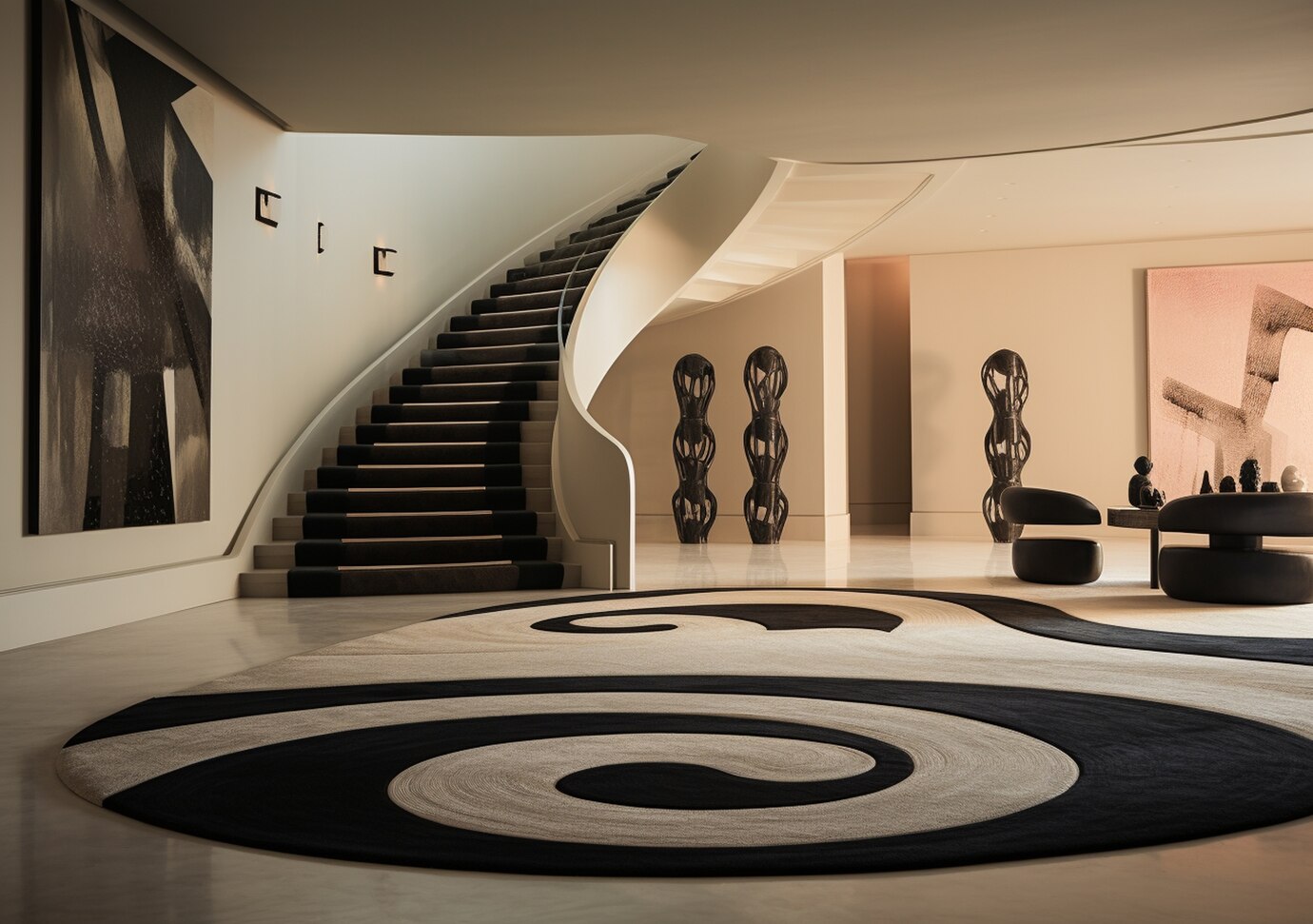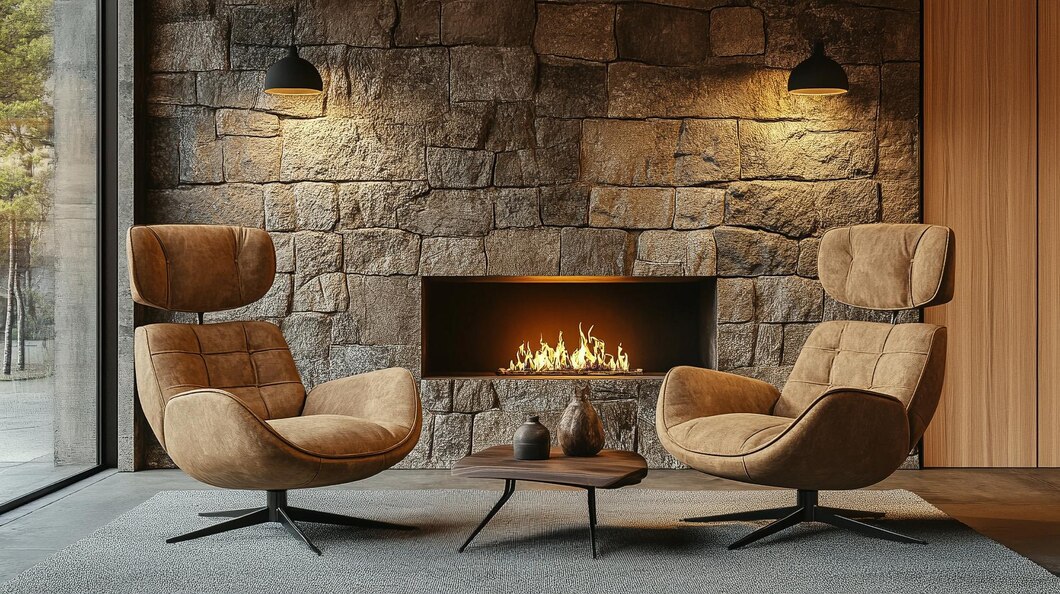
Applications of Italian Marble in Modern Architecture
Applications of Italian Marble in Modern Architecture
Italian marble has long been revered as the epitome of luxury, elegance, and timeless beauty. From the grandeur of ancient Roman architecture to the sleek interiors of modern high-rises, Italian marble continues to be a cornerstone in architectural design. Its wide array of colours, natural veining, and polished finish make it a versatile material that transcends trends and architectural styles. In today’s design world, Italian marble plays an even more critical role, blending tradition with innovation to create spaces that are not just functional, but truly inspirational.
In this blog, we’ll explore the wide-ranging applications of Italian marble in modern architecture, emphasizing how it enhances aesthetics, durability, and value across both residential and commercial projects.
1. Italian Marble in Flooring: Elegance Underfoot
One of the most common uses of Italian marble in modern architecture is for flooring. Its smooth surface and lustrous finish make it a favorite in luxury homes, boutique hotels, office lobbies, and upscale retail spaces. Whether laid in large seamless slabs or arranged in intricate patterns, Italian marble floors exude sophistication.
Some popular types like Statuario, Calacatta, and Carrara offer soft, creamy whites with delicate veining, ideal for creating a clean and airy feel. For darker, bolder interiors, marbles like Nero Marquina or Rosso Levanto offer striking contrast.
Why Architects Choose Italian Marble for Flooring:
-
High compressive strength and durability
-
Natural cooling properties—ideal for warm climates
-
Timeless appeal that suits both classic and contemporary styles
2. Statement Walls and Cladding
Feature walls have become an essential element in modern interiors, and Italian marble offers the perfect material for making a bold statement. Large-format marble slabs are increasingly used for interior cladding in living rooms, entryways, and commercial spaces.
Book-matching techniques, where marble slabs are cut and placed like an open book to mirror the veining, are particularly popular for wall applications. This creates a symmetrical and visually captivating effect—turning an ordinary wall into a work of art.
Applications:
-
TV wall backdrops
-
Hotel lobbies and reception areas
-
Corporate boardrooms
-
High-end spa and wellness centres
3. Kitchen Countertops and Backsplashes
Modern kitchens are no longer just utilitarian spaces—they’re the heart of the home, and Italian marble plays a significant role in elevating their design. Marble countertops bring unmatched luxury, while also offering heat resistance and long-lasting durability when properly sealed and maintained.
Italian marble backsplashes also serve both functional and aesthetic purposes, adding texture and character while being easy to clean.
Key Benefits:
-
Easy to shape and cut into custom dimensions
-
Unique veining patterns make every installation one-of-a-kind
-
Luxurious appeal that boosts property value
4. Bathroom Luxury: Vanities, Sinks, and Shower Walls
Bathrooms are becoming personal sanctuaries, and architects are using Italian marble to craft serene, spa-like environments. Marble vanities, vessel sinks, and shower walls are now standard in high-end home design.
The waterproof nature and polished finish of Italian marble make it a practical choice for wet areas, while its reflective surface helps create a feeling of spaciousness in compact spaces.
Popular Choices:
-
Carrara Marble for subtle luxury
-
Calacatta Gold for opulence
-
Travertine or Beige Marble for earthy, warm tones
5. Staircases and Columns: Sculptural Elegance
Marble staircases serve as stunning focal points in grand residences and public buildings. Whether it’s a floating staircase in a villa or a spiral one in a boutique hotel, Italian marble adds grandeur with its seamless, sculptural presence.
In modern architecture, we also see marble being used for cladding columns and pillars, blending classical design elements with contemporary aesthetics.
6. Outdoor Applications
Contrary to popular belief, Italian marble isn’t confined to interiors. With proper sealing and maintenance, it can be used in outdoor spaces such as patios, garden pathways, poolside decks, and building facades.
Its ability to withstand temperature changes and environmental exposure, combined with its natural elegance, makes it a viable option for luxury outdoor architecture.
7. Furniture and Accent Pieces
In modern minimalist architecture, Italian marble is increasingly used in bespoke furniture—coffee tables, console tables, dining surfaces, and even lighting elements. This brings a unique touch of elegance and craftsmanship to living spaces.
Architects and designers often collaborate with artisans to create custom marble pieces that act as focal points in a room while maintaining the overall aesthetic.
8. Sustainability and Technological Integration
Modern architecture places a strong emphasis on sustainability. While marble is a natural material, Italian quarries today are adopting more sustainable extraction and finishing practices. Additionally, advanced technologies like CNC cutting and 3D printing with marble composites are allowing for more efficient use of the material and minimal wastage.
Conclusion
The applications of Italian marble in modern architecture are vast and ever-evolving. From grand staircases and polished floors to sculptural furniture and serene bathrooms, its use has expanded far beyond traditional spaces. Italian marble offers the perfect blend of form and function—embodying elegance, durability, and timelessness in every slab.
Whether you’re building a contemporary villa in the heart of Chennai or designing a commercial space that stands out, incorporating Italian marble is a sure way to add value, luxury, and artistic appeal to your project.



